Tips to visit Kosi Bay iSimangaliso Wetland Park
Kosi Bay – iSimangaliso Wetland Park - South Africa
A guide to visit Northern iSimangaliso Wetland Park
iSimangaliso Wetland Park is a vast area stretching from the south at St Lucia to the north at Kosi Bay. We explored the area around Kosi Bay, the northernmost section of the park which is remote but so worth a visit. With my guidelines you should find it easily accessible and enjoyable.
Mouth of the Kosi Bay estuary
The estuary and wetlands system starts from the Indian Ocean at Kosi River mouth near the Mozambique border and comprises of four lakes linked by a network of reed channels.
The lake, dune and marine ecosystem continues south to Lake Sibaya and Sodwana Bay until it ends just south of St Lucia near Cape Vidal and meets the Indian Ocean once again. Many people do not know that it also stretches to the west and includes uMkhuze.
“Sunsets, snorkels and facts and fables of a tokoloshe, illegal migrants and porous borders”
Where is Kosi Bay?
To get to Kosi Bay one can travel from Jozini in the west through the small town of Manguzi/KwaNgwanase. Alternatively one can come from Durban in the south and head to Hluhluwe and continue northwards to Manguzi.
Why is iSimangaliso Wetland Park important?
The iSimangaliso Wetland Park, previously known as the Greater St. Lucia Wetland Park is a World Heritage Site. Its excellent biodiversity comprising of pristine marine, coastal, wetland and estuarine environments makes it of utmost national and international importance.
The scenic beaches, dunes and coral reefs together with the variety of fauna and flora add to its appeal.
Tips to visit Kosi Bay in iSimangaliso Wetland Park World Heritage Site
Is it worth having a map for the area?
If you plan to visit the park, it is advisable to download the maps as there are many complex small roads that could lead to driving around in circles.
Do you need to pay an entrance fee?
Situated inside a coastal reserve, to enter iSimangaliso Wetland Park it is necessary to pay an entrance fee and acquire a permit. Depending on which part of the park you want to explore, a different entrance fee is payable.
Certain sections of the park require different permits as well so be sure to enquire at the relevant offices.
Hot tip:
Do not drive to the mouth first and expect to get a permit there. The office for the permits for the northern area is situated at the Kosi bay camp site. When we were there, we found no signs telling us where to go.
Hot tip:
The number of permits to Kosi Mouth are limited to 16 permits daily.
If you are wanting to visit other areas such as Black Rock, Island Rock, Rocktail Bay or Lala Neck, enquire whether they have any permits available for the days you plan to visit.
Be aware of the busy seasons such as South African school or public holidays when there may not be enough permits available per quantity of people or vehicles.
Is it necessary to have a four wheel drive?
The roads in the coastal forest are sandy, as in beach sand, some areas are steep and a normal sedan will not cope. It is essential to drive a 4x4.
Hot tip:
The road to the mouth is gravel or grit and most of it was in a good condition when we were there. As you enter the gate of the reserve it changes to soft sand and this is the section where a four-wheel drive is required.
How safe is the marine life and aquatic animals?
If you plan to swim or snorkel near the Kosi Bay mouth, there can be stonefish in the estuary. It is not easy to see them as they are well camouflaged and resemble rocks or stones. They are highly venomous and their sting is extremely painful and potentially lethal.
Do I need to mention that hippopotamuses and crocodiles are dangerous? Keep a lookout for them in the lakes and on the shores.
Are there currents in the channels at Kosi mouth?
Considering it is a vast expanse of water with incoming and outgoing tides, the currents can be strong. Take note of the tides and currents if you swim or walk across the channels which may look shallow at the time but can quickly become deep after an hour or two. There is no quick and easy access to the beaches or the other side of the estuaries.
Hot tip:
Maybe it was just my shorter legs, but my husband and I were walking a couple of metres apart and I reached a depth where I could no longer walk yet he was fine. Thankfully the current wasn’t too strong and I could swim across with a bit of a struggle.
When is the best time to snorkel at Kosi Mouth?
If you time your snorkel well with the tide you should have a pleasant experience. When the tide is coming in the seawater provides better visibility. This is also the safest time as the current will flow upstream rather than out to sea.
Is it necessary to take malaria prophylaxis?
iSimangaliso is classified as a low risk malaria area. It is advisable for visitors to speak to their health professional before travelling.
Hot tip:
We take malaria preventative measures when we travel to Mozambique which is just a quick dash across the border from Kosi Bay and where we went before visiting iSimangaliso. We continued with our malaria prophylaxis to include the few days at Kosi Bay.
Security tips found in the reserve brochure:
Travel to remote areas with more than one vehicle if possible.
Advise friends or neighbours of your destination and expected time of return.
Be aware that most of the remote areas have no cell phone reception.
Do not stop at suspicious looking places e.g. a log across the road.
In the case of a breakdown be careful of overanxious, unrequested helpers.
These are wise words not to be ignored. Having said that we never felt threatened once.
Sunsets, snorkels and fables of a tokoloshe, illegal migrants and porous borders
For many years we have driven through the northernmost tip of KwaZulu-Natal. Our route always took us past Kosi Bay yet we never stopped there. We always hot footed it into Mozambique, going through all the border procedures of course.
A few years ago that changed. Once again spending time at Ponta Malongane in Mozambique, we decided to explore Kosi Bay and iSimangaliso Wetland Park afterwards. Had we missed a gem for so many years?
Sunset estuary boat cruise
Our fresh food supplies were depleted in Mozambique; besides, one is not allowed to bring back any plant material or meat into South Africa. We stocked up with some food at Manguzi before driving to Kosi Bay Lodge where we would spend three nights in a self-catering chalet.
Our rustic log cabin with a wooden deck was situated in a coastal forest, a lovely setting.
We booked a sunset cruise through the lodge on the lakes for the late afternoon. To get to the boat we walked through a beautiful forest of indigenous trees, raffia palms and mangrove swamps with lush ferns and cycads down to the lake.
Four lakes are joined by channels and wetland areas. Cruising through the pristine channels and lakes we saw hippos and birds. Kosi Bay is home to the rare palm nut vulture as well as the African fish eagle. The vulture loves the raffia palms and feeds on the fruit of the palm.
Pied Kingfisher
The highlight of the cruise was getting close to the traditional woven fish traps of Kosi Bay. A cultural skill that is passed down through generations and has been part of the community for well over 700 years. The fish kraals are curved towards the trap allowing big fish to be captured while the smaller fish escape, with low impact on the fish population.
It was a magnificent start to our stay even though we had to provide our own drinks for the sunset cruise. Fortunately we enquired before we went on board and came prepared. Thank goodness or we would have been dehydrated even though there was so much water around us.
We treated ourselves with dinner at the lodge’s small restaurant. The staff were so friendly and tried their best to provide us with an enjoyable meal.
Snorkel at Kosi Mouth
After obtaining the permit to enter the coastal reserve we drove to Kosi Mouth. Along the way an elderly lady was hobbling along, battling to walk with crutches. Being a remote area, we stopped and enquired if she needed to go somewhere.
‘Clinico. Clinico,’ was all she could say, not speaking a word of English. We had no idea where the clinic was we let her climb into the car and pointed in the direction we were traveling. After driving for a few minutes she muttered and pointed to a building. We stopped in front of a makeshift clinic come post office. Had we not given her a lift it would have taken her at least half an hour of discomfort shuffling on a rolling soft sandy road. Probably a journey she took regularly.
As she extracted herself slowly out of the car she babbled away presumably thanking us because we could see the appreciation and smile on her face as we drove away.
At the gate of the reserve we engaged in 4 x 4 before we drove on the soft sand. There is a viewpoint on the way down to the lake. This gave us an overall view of the estuary with the fish traps. We could also see the rest of the lakes extend to the south.
At the mouth we walked across the channels with our snorkel gear while the tide was going out, but about to turn. As mentioned earlier, some of the channels were a bit deeper here and there but we could walk through the channels. Paul walked a meter or two to my left through the last channel.
I set forth next to him but soon realised I was out of my depth and barely had my chin sticking out while standing on tippy toes. Hands full, still holding my fins and unable to put them on, I was committed already and had to swim across. It goes to show how easily the channels get deeper.
The wind was howling on the beach and there is nothing worse than being sandblasted, so we quickly headed to the place where we wanted to snorkel which was sheltered from the wind. There were quite a few tropical fish and well sized mullet so we enjoyed our snorkel.
Hot tip: Sun block or suitable UV protection rash vests are advisable when snorkelling and spending time there as the reflection of the sun on the sand and water will cause sunburn rapidly. It is easy to become oblivious to your surroundings when you are animated by what is happening under water. Your back and the back of your legs can quickly turn the colour of a tomato and it would be terrible to spoil your trip with sensitive sunburn.
Fable of a Tokoloshe
The following day a good tropical storm drifted over us with much thunder and lightning. We had arranged to go to Bhanga Neck by boat across the lakes but it was cancelled due to the weather. We relaxed for a while, waiting to see what the weather would do and chatted to the lady that serviced and cleaned our chalet.
Her eyes were as big as saucers and she kept on saying she was scared of lightning. Paul mentioned he was a lightning specialist preventing equipment from being destroyed by strikes and was trying to give her some safety advice.
Her eyes widened this time to the size of small plates. She asked if he was a tokoloshe, ready to drop her broom and bucket to run away and hide. She had misunderstood and thought he triggered the lightning. After much reassurance we explained in great depth that he made it safer for people and equipment. Definitely a first – my husband being called a tokoloshe, but after our lengthy explanation his status improved in her eyes to a Sangoma!
“In Zulu or Xhosa mythology, a Tokoloshe is a mischievous or evil spirit that comes in all shapes and sizes and can scare people or even kill them and is highly feared. ”
“A Sangoma is a traditional healer or diviner in South Africa. ”
A distraction from iSimangaliso in the rain with illegal migration through porous borders
The rain continued to pelt down and the weather was not conducive to beach vibes. We decided it was a good idea to explore slightly further inland.
The previous day at Kosi mouth we met a father and son (who got stuck in the sand because they did not have a 4x4). They told us about a 'hole in the fence'. An interesting story, we thought it time to investigate.
We had befriended a young couple at the lodge and they were also keen to go on an adventure. We drove in two vehicles, thinking it wise to heed the safety warning in the reserve brochure. A vague track on one of the off-road maps on our GPS took us close to the Mozambique border. Although still not a proper road we could see the tracks were well used and soon we were driving next to the border fence.
For a border fence it looked rather insubstantial. A few minutes later we saw someone free camping under a cluster of beautiful trees. A wild secluded camp off the beaten track in the bush with no amenities. Normally I would not object to camping in the wild, but this spot made my hairs stand on end.
A few kilometres on there were a few small scattered holes in the fence. As we drove further we were almost distracted by the beautiful scenery of marshland with beautiful ferns, palms, trees and shrubs and many birds chirping away while flitting from one country to another, when we noticed a large portion of the fence was broken. It was totally flattened and large enough for vehicles to be driven in or out. Now we knew how vehicles stolen in South Africa end up in Mozambique.
We continued on the track and soon saw some buildings on either side of the fence with a pedestrian gate. A minibus taxi was busy offloading people on the South African side and they walked through the gate to Mozambique. There was no sign of passport control. We were told that students go to school in South Africa but live in Mozambique. We could see the structures of a market on the Mozambique side.
Sitting under a tree were two uniformed border security, army or police guys with rifles. All the films I had seen about refugees absconding across borders but before they could escape they were shot, flashed through my mind.
Before we even had a chance to say anything the two men said we could walk through the gate and glance on the other side. I joked with them. "You won't shoot us if we go to the other side?" They laughed. “No, no, go! Go and take a look.”
Much to our disappointment the market was closed so we could not go shopping! We were told that they traded on Wednesdays and Saturdays selling fruit, vegetables, fish and liquor. My mind still boggles that we had to have our passports stamped at border control where there is strict protocol yet sections of the border fence was porous and most likely still is.
Black Rock and Bhanga Neck:
Our boat trip to Bhanga Neck was cancelled the previous day but we still wanted to explore the area so we drove there once again with the couple that we had met at the resort, once again thinking two vehicles were better than one.
We first went to Black Rock, a beautiful bay. The trip although not that far away took at least an hour and a half. The secluded and remote beach was pristine with beautiful rock formations. Our snorkelling was not really successful. For all the effort we only saw a couple of fish. The current shoved us around a bit and because it was shallow enough at the time, the odd wave continuously bashed and crashed over our heads.
Selling firewood
We had a picnic lunch on the beach, not a bad spot to relax, then drove over the dunes to Bhanga Neck. Although this secluded beach was beautiful we still preferred Black Rock. Driving back from Bhanga Neck we found a quaint little tuck shop otherwise known as a spaza shop cum general dealer. Who would believe we could purchase ice cold drinks at such a remote place?
Was it worth spending a few days at Kosi Bay? Most definitely. We still love Mozambique but iSimangaliso Wetland Park is worthy of being a UNESCO World Heritage Site. Be sure to visit it if you can.
Other activities at iSimangaliso
Bird watching – more than 530 bird species have been recorded in the park.
Deep sea fishing - Sodwana Bay, Cape Vidal and St Lucia are known as the most popular deep-sea fishing destinations.
Beach walks – with 220 kilometres of pristine beaches there is no shortage of beaches to enjoy. Some of them are quite remote though.
Estuary boat cruises are numerous and are operated from St Lucia in the south as well as other parts in the north of iSimangaliso.
Game drives – Throughout iSimangaliso there are licenced operators that offer guided tours. There is also the opportunity to self-drive in certain areas and see some of the Big 5 and other wildlife as well.
Guided trail walks in the company of an experienced armed ranger.
Horse safaris – explore unspoiled beaches or game reserves on horseback.
Guided kayak or canoe trips on full or half day itineraries.
Scuba dive the southernmost coral reefs of Africa at Sodwana Bay.
See loggerhead and leatherback turtles during their nesting season which starts early in November each year and ends in March.
Seasonal whale watching tours mainly from Sodwana Bay.
Related Blog Posts:
In a rush? Save this to read later.
Find me on Social Media
Quick Links:
Kosi Bay https://isimangaliso.com/jewel/kosi-bay/
iSimangaliso Operators Kosi Bay Lodge https://isimangaliso.com/operators/kosi-bay-lodge/
Kosi Bay Lodge https://kosibaylodge.co.za/
UNESCO Kosi Bay https://whc.unesco.org/en/list/914/
If you would like to leave a comment on my blog, at the end of it click Subscribe via e-mail to receive email notifications of my reply or if new comments are added to that post. Visitors must be logged in to subscribe and this will subscribe visitors to the comment thread, but not my entire blog. I know it’s quite a process, but it helps keep our websites secure. Your email address will not be shared or displayed.
Alternatively, you can comment as a guest without logging in, but you will not be notified of my answer.
















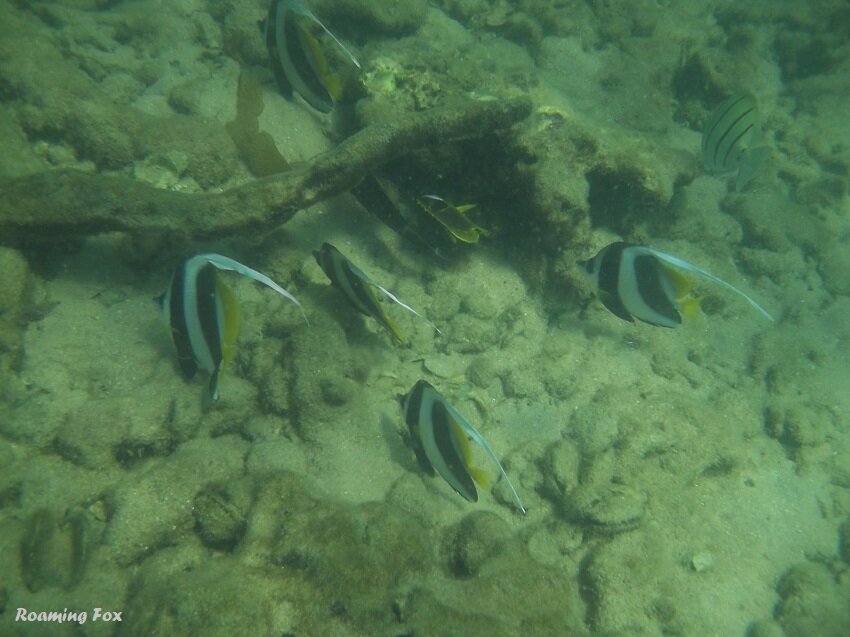























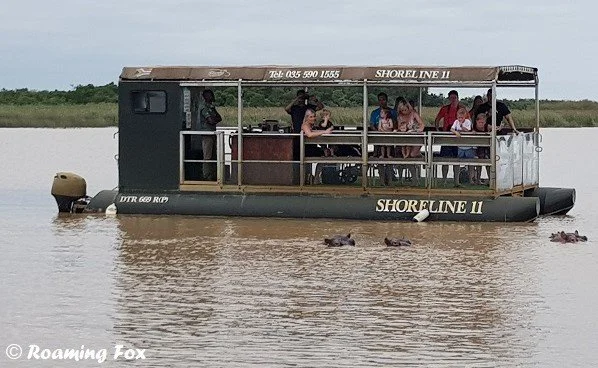

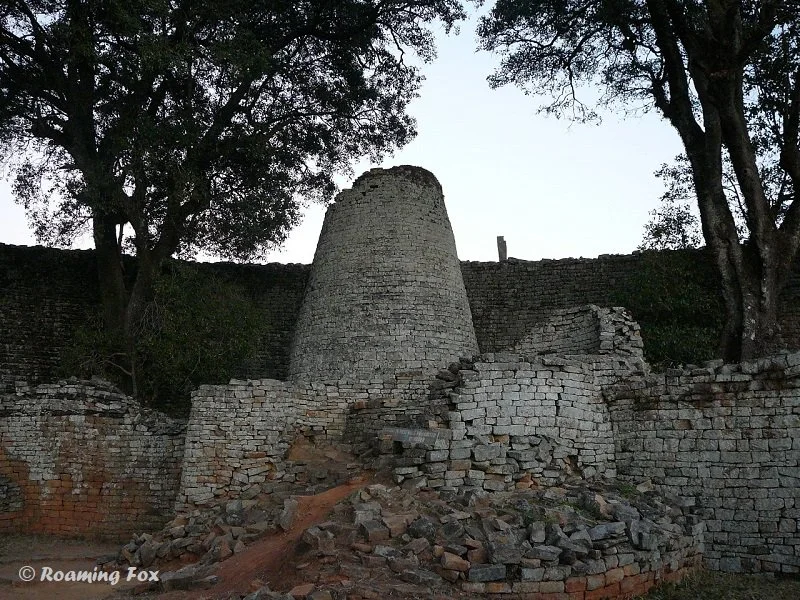

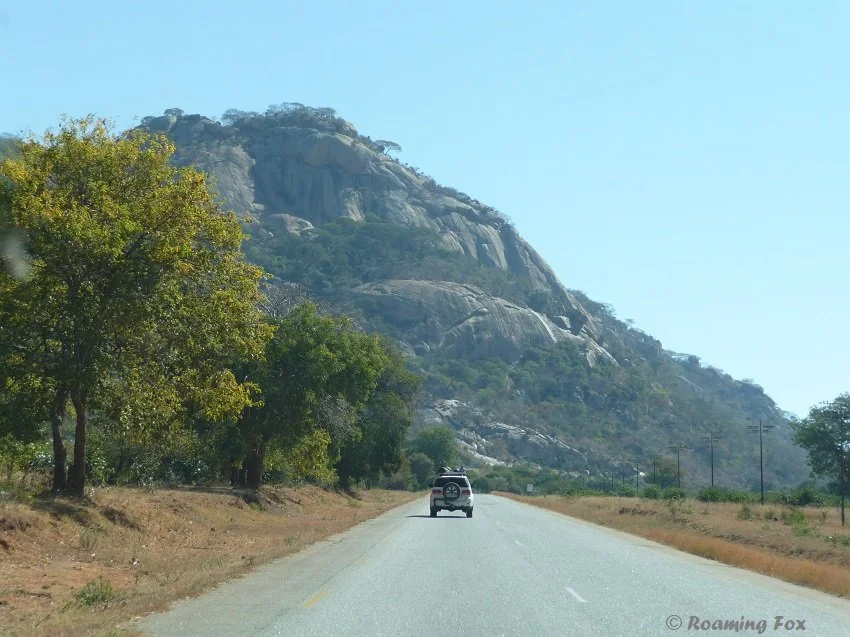
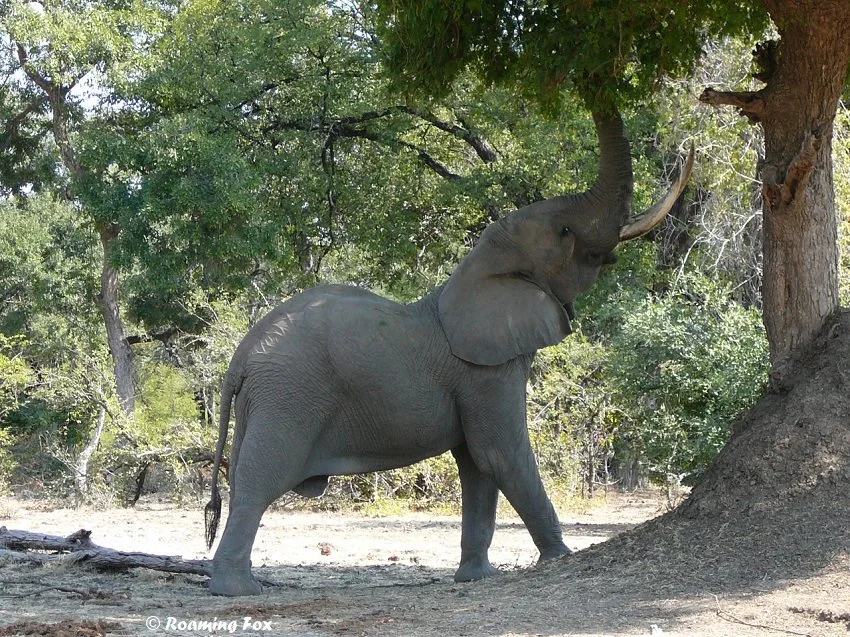
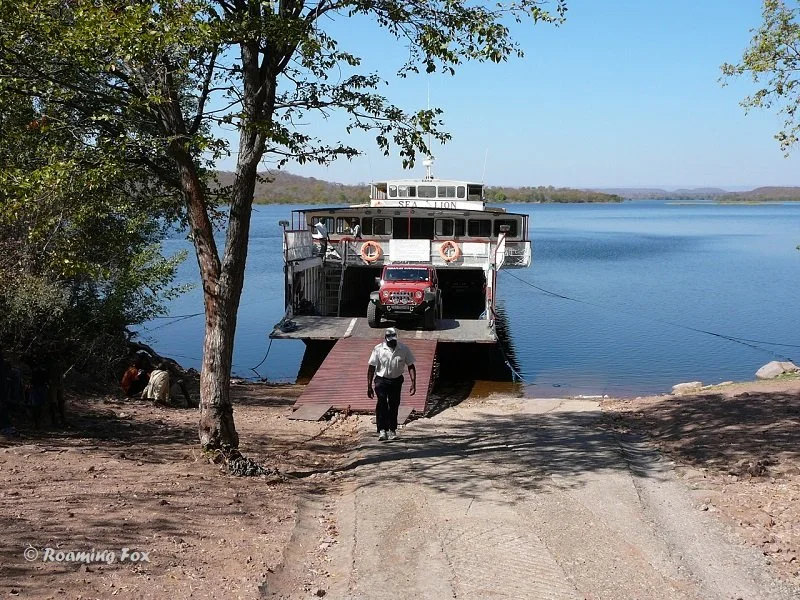



The Best Way to see a country? Take a road trip! Have you ever had that feeling when you hit the open road on your road trip? Freedom. Anticipation. Exhilaration.